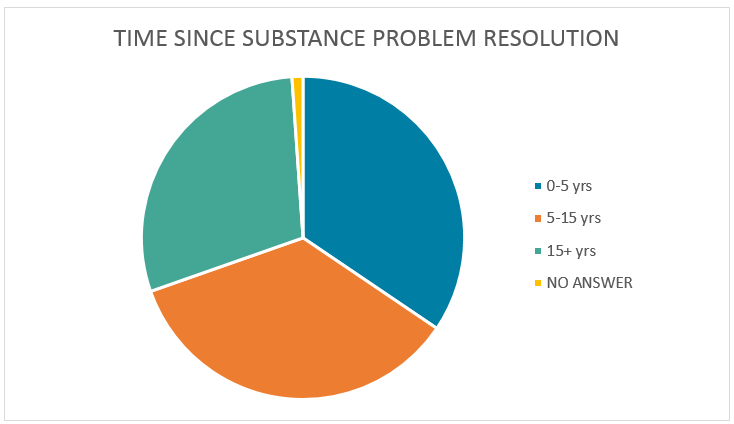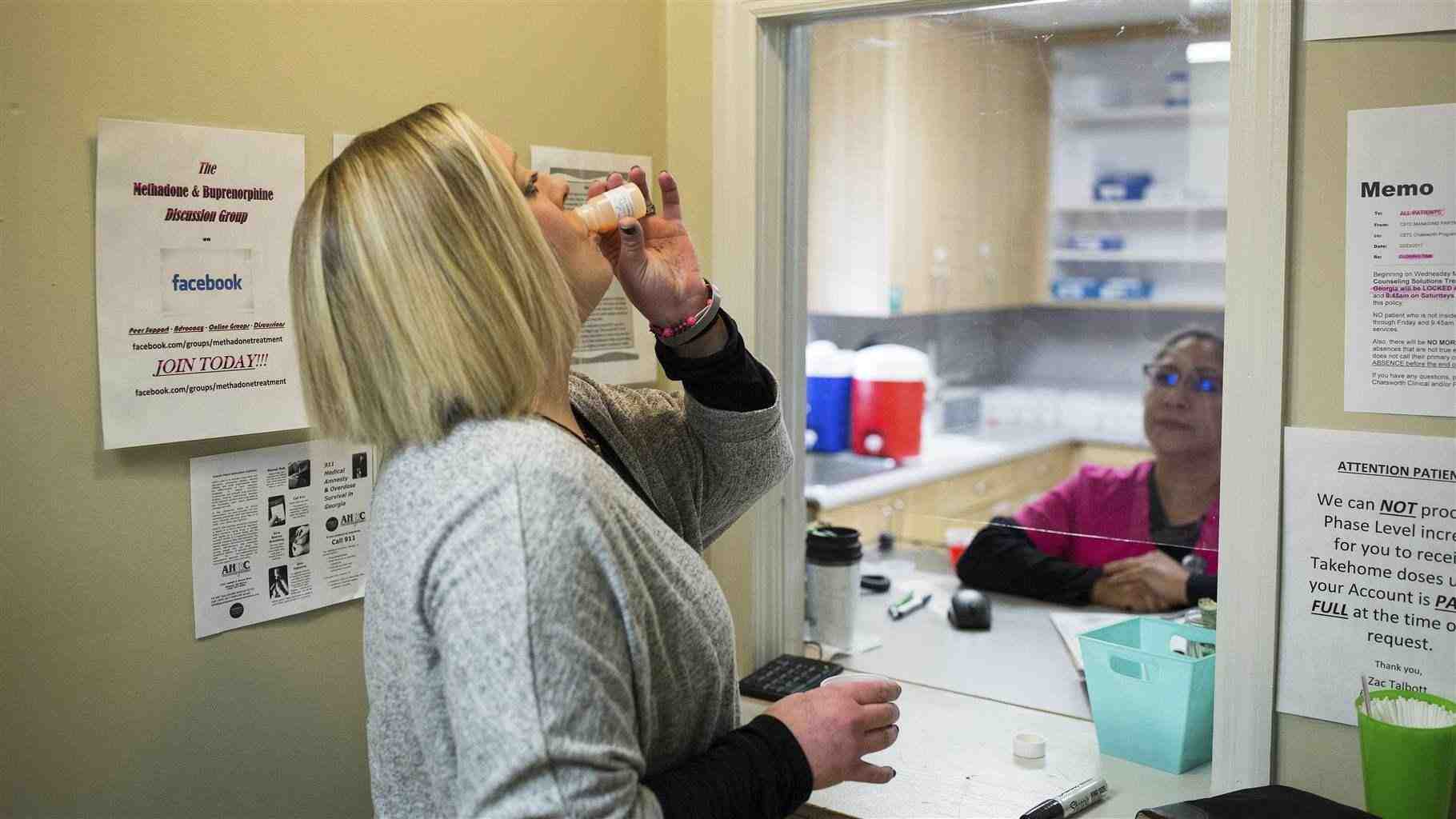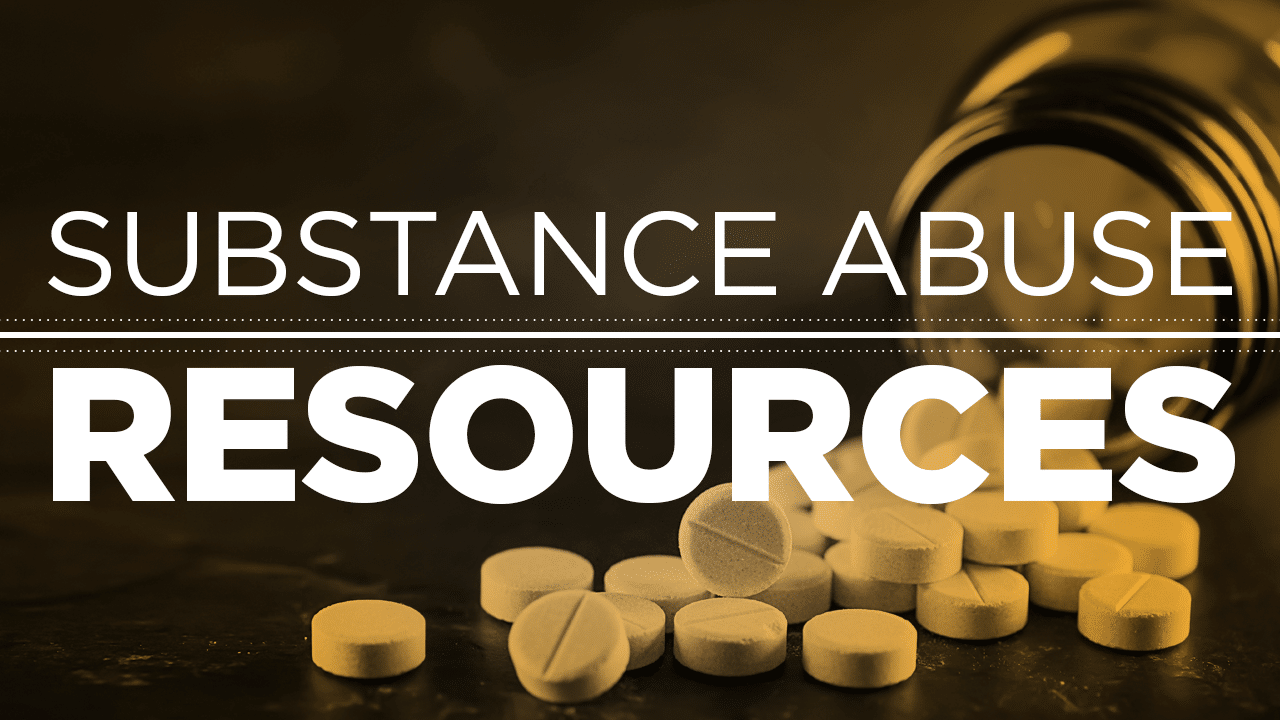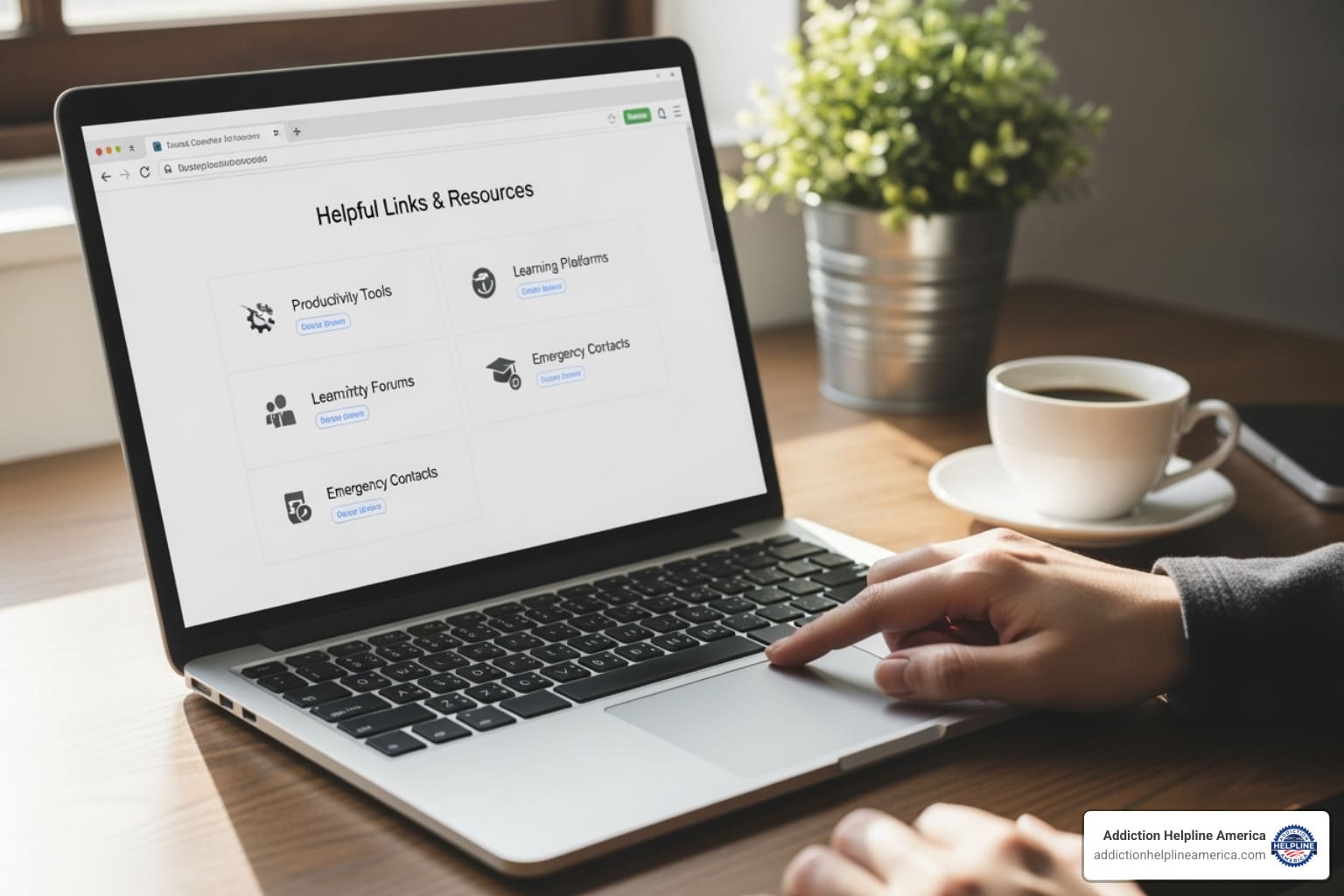
Introduction
Drug addiction is a major public health crisis in the United States, affecting millions of individuals and their families. The rise of substance use disorders (SUDs) has placed a significant burden on healthcare systems, law enforcement, and social services. Understanding the scope of addiction in America, where many Americans are addicted, is crucial to developing effective policies and treatment programs. Indeed, many Americans are addicted to drugs, and addressing this issue is essential for the well-being of society.
In this article, we will examine the number of Americans struggling with drug addiction, analyze trends in substance use, and explore the impact of addiction on society.
The Scope of Drug Addiction in America
National Statistics on Drug Addiction
According to the National Survey on Drug Use and Health (NSDUH), approximately 46.3 million Americans aged 12 and older met the criteria for a substance use disorder in 2021. This includes individuals addicted to both illicit drugs and prescription medications.
Breaking this number down further:
- 29.5 million struggled with an alcohol use disorder
- 24 million had a drug use disorder
- 7.3 million experienced both alcohol and drug addiction
These figures indicate that millions of Americans are caught in the cycle of substance dependence, highlighting that Americans are addicted and requiring effective treatment and intervention strategies.
Call now – your recovery starts here!

The Rise in Drug Addiction Rates
Over the past decade, drug addiction rates have increased due to multiple factors:
- The Opioid Epidemic – The widespread availability of prescription painkillers, heroin, and fentanyl has fueled an addiction crisis.
- The COVID-19 Pandemic – Increased stress, isolation, and financial hardships contributed to a surge in substance use.
- Accessibility of Drugs – The rise of synthetic drugs and the ease of purchasing illicit substances online have exacerbated the problem.
This ongoing crisis shows that many Americans are addicted and require our immediate attention.
Addiction by Substance Type
Opioid Addiction
The statistics reveal that many Americans are addicted, highlighting the urgency of the situation.
Opioids, including prescription painkillers, heroin, and synthetic opioids like fentanyl, are responsible for the most severe addiction crisis in the U.S. The CDC estimates that nearly 3 million Americans are currently struggling with opioid use disorder.
- Over 80,000 people died from opioid overdoses in 2021.
- Fentanyl-related deaths have increased by 94% from 2019 to 2021.
Cocaine Addiction
Cocaine use remains prevalent, particularly among young adults. The NSDUH reports that approximately 5.2 million people used cocaine in 2021, with 1.4 million meeting the criteria for cocaine use disorder.
Methamphetamine Addiction
Methamphetamine addiction has risen sharply in recent years, with 2.5 million Americans using meth in 2021. Nearly 1.6 million people met the criteria for methamphetamine use disorder, contributing to a surge in overdose deaths.
Marijuana Use and Dependence
Marijuana use has increased due to legalization efforts across many states. While some people use it recreationally without issue, approximately 5.1 million Americans suffer from marijuana use disorder.
Prescription Drug Addiction
Prescription drug abuse, particularly involving benzodiazepines (Xanax, Valium) and stimulants (Adderall, Ritalin), is a growing concern. Studies indicate that 14.3 million Americans misuse prescription medications annually, leading to significant addiction rates.
Demographics of Drug Addiction
Addiction by Age Group
Many Americans are addicted to methamphetamine, which has serious implications for communities.
Drug addiction affects people of all ages, but some demographics are more vulnerable than others:
Furthermore, many Americans are addicted to marijuana, which complicates the overall landscape of addiction.
- Teens (12-17 years old): 1.2 million adolescents have a substance use disorder.
- Young Adults (18-25 years old): This group has the highest rates of drug use, with nearly 1 in 3 engaging in illicit drug use.
- Adults (26 and older): Addiction remains a lifelong struggle, with over 35 million adults affected by substance use disorders.
Prescription drug addiction shows that many Americans are addicted and often unaware of the dangers.
Understanding that many Americans are addicted is essential for crafting effective policies.
Addiction by Gender
- Men: Higher rates of illicit drug use, especially heroin and methamphetamine.
- Women: More likely to misuse prescription medications and develop dependence more quickly.
Addiction by Race and Ethnicity
Drug addiction affects all racial and ethnic groups, though prevalence varies:
- White Americans: Highest rates of opioid addiction.
- Black Americans: Disproportionately impacted by cocaine and synthetic drug use.
- Hispanic Americans: Rising methamphetamine use concerns.
- Native Americans: Among the highest rates of substance use disorders per capita.
Find Hope and Healing: Call Us Now!
Take the first step towards a brighter future! If you or a loved one is seeking support for substance abuse, we are here to help. Call us today and let our dedicated team guide you to the right treatment options. Your path to recovery starts now!
- Connect with an expert addiction specialist 24/7/365
- Learn about treatment costs
- Arrange fast access to a treatment program
Request a Call
OR
Make a Call
The Social and Economic Impact of Addiction
The Cost of Drug Addiction
Drug addiction costs the U.S. economy over $600 billion annually due to:
- Healthcare expenses (treatment, hospitalizations)
- Lost productivity in the workforce
- Criminal justice system costs
- Homelessness and social services
Drug Addiction and Crime
A significant percentage of criminal activities, including theft, assault, and drug trafficking, are linked to substance use disorders. Approximately 65% of incarcerated individuals in the U.S. have a substance use disorder.
The Impact on Families and Communities
Addiction does not just affect the individual—it devastates families and communities:
- Children of addicted parents are more likely to experience neglect and trauma.
- Homelessness is closely linked to substance use, with over 35% of the homeless population struggling with addiction.
- Workplace productivity declines, leading to job losses and financial instability.
Treatment and Recovery Statistics
Access to Addiction Treatment
Despite the large number of people struggling with addiction, only 10% of those in need receive treatment. Barriers to treatment include:
- Financial constraints (cost of rehab)
- Limited availability of treatment centers
- Stigma surrounding addiction
Indeed, many Americans are addicted, and it is imperative to address their needs.
Effectiveness of Rehab Programs
Treatment success rates vary, but studies show that long-term recovery is possible:
- Residential rehab: 50-60% success rate
- Medication-assisted treatment (MAT): Reduces opioid relapse by 50%
- 12-step programs (AA, NA): Provide crucial peer support for long-term sobriety
The Need for More Awareness and Action
Addressing the Stigma of Addiction
Many people struggling with addiction avoid seeking help due to fear of judgment. Public education campaigns are essential to changing perceptions and encouraging treatment.
Expanding Access to Treatment
Policies that improve access to affordable rehab programs, harm reduction services, and mental health care are critical to reducing addiction rates.
Community-Based Solutions
Local initiatives, such as needle exchange programs, sober living houses, and employment programs, can help those in recovery reintegrate into society.
The Role of Mental Health in Drug Addiction
The Link Between Mental Health Disorders and Substance Use
Drug addiction is often closely linked to mental health disorders such as anxiety, depression, bipolar disorder, and post-traumatic stress disorder (PTSD). Many individuals turn to drugs as a way to self-medicate their symptoms, leading to a cycle of dependence and worsening mental health conditions. Studies show that nearly 50% of people with a substance use disorder also have a co-occurring mental health disorder.
Common mental health conditions associated with addiction include:
- Depression – Individuals suffering from depression may use drugs to escape feelings of sadness, hopelessness, or isolation.
- Anxiety disorders – Those with severe anxiety may rely on substances like alcohol or benzodiazepines (Xanax, Valium) to calm their nerves.
- PTSD – Trauma survivors, especially veterans and abuse victims, often develop substance use disorders as a coping mechanism.
- Schizophrenia and psychotic disorders – Individuals with severe mental illnesses sometimes use drugs to manage hallucinations or paranoia.
Find Hope and Healing: Call Us Now!
Take the first step towards a brighter future! If you or a loved one is seeking support for substance abuse, we are here to help. Call us today and let our dedicated team guide you to the right treatment options. Your path to recovery starts now!
- Connect with an expert addiction specialist 24/7/365
- Learn about treatment costs
- Arrange fast access to a treatment program
Request a Call
OR
Make a Call
How Co-Occurring Disorders Complicate Addiction Treatment
When a person has both a substance use disorder and a mental health condition, it is referred to as a dual diagnosis or co-occurring disorder. Treating addiction without addressing underlying mental health conditions can lead to higher relapse rates.
Challenges of dual diagnosis treatment include:
- Difficulty in diagnosis – Symptoms of mental illness and drug addiction often overlap, making it harder to identify the root cause of the problem.
- Increased risk of relapse – Without proper mental health care, individuals are more likely to return to substance use.
- Limited access to dual diagnosis treatment programs – Many rehab centers focus only on addiction without providing adequate psychiatric care.
The Importance of Dual Diagnosis Treatment
For individuals with co-occurring disorders, integrated treatment programs that address both mental health and addiction are the most effective approach. These programs often include:
- Therapy and counseling (Cognitive Behavioral Therapy, Dialectical Behavior Therapy)
- Medication management for mental health disorders
- Support groups that focus on both addiction recovery and mental well-being
Improving access to mental health care can significantly reduce drug addiction rates in the U.S. by addressing one of its major root causes.
The Impact of Drug Addiction on the U.S. Healthcare System
The Rising Number of Emergency Room Visits
Drug-related medical emergencies have skyrocketed in recent years due to overdoses, poisoning, and withdrawal complications. According to the CDC, drug overdoses accounted for over 106,000 deaths in 2021, and millions of non-fatal overdoses resulted in emergency room visits.
Substances most commonly responsible for ER visits include:
- Opioids (heroin, fentanyl, prescription painkillers) – Overdoses often require the administration of Narcan (naloxone) to reverse life-threatening respiratory depression.
- Stimulants (methamphetamine, cocaine, Adderall) – These drugs can cause heart attacks, strokes, and psychotic episodes, requiring emergency medical attention.
- Synthetic drugs (spice, bath salts, fentanyl-laced drugs) – The unpredictable nature of synthetic substances leads to severe medical reactions.
The Financial Burden on Hospitals and Public Health Programs
The cost of treating drug addiction-related health complications is astronomical, placing immense pressure on hospitals and public health resources. Studies estimate that substance abuse costs the U.S. healthcare system over $78 billion annually due to:
- Emergency medical care for overdoses and drug-related injuries
- Long-term treatment for chronic illnesses caused by substance abuse (liver disease, heart conditions, respiratory failure)
- Rehabilitation services for those seeking addiction treatment
Many hospitals struggle with overcrowding in detox and psychiatric units, leading to a lack of resources for other medical emergencies. The burden is especially high in states most affected by the opioid epidemic, such as West Virginia, Kentucky, and Ohio.
The Role of Harm Reduction Strategies
To alleviate the strain on hospitals, public health programs have implemented harm reduction strategies that aim to prevent overdose deaths and reduce emergency room visits. These include:
- Naloxone (Narcan) distribution – Making Narcan widely available has saved thousands of lives by reversing opioid overdoses.
- Supervised injection sites – These facilities provide a safe environment for drug use, reducing the risk of fatal overdoses.
- Needle exchange programs – By providing sterile needles, these programs help prevent the spread of HIV and hepatitis C among drug users.
Expanding harm reduction efforts and increasing access to addiction treatment can help reduce the burden of drug addiction on the U.S. healthcare system.
Government Policies and Efforts to Combat Drug Addiction
Federal Initiatives to Address the Opioid Crisis
The U.S. government has taken several steps to combat drug addiction, particularly in response to the opioid epidemic. Some key federal initiatives include:
- The SUPPORT Act (2018) – This legislation expanded access to medication-assisted treatment (MAT) and provided funding for prevention programs.
- The Opioid Crisis Response Act (2018) – Increased federal funding for addiction treatment and research on non-addictive pain management alternatives.
- The Biden Administration’s National Drug Control Strategy (2022) – Focuses on expanding access to treatment and cracking down on fentanyl trafficking.
While these efforts have led to increased awareness and funding, critics argue that more needs to be done to address addiction at a community level.
State-Level Policies on Addiction Treatment and Prevention
Many states have implemented their own policies to tackle drug addiction. Some of the most effective state-level initiatives include:
- Expanding Medicaid coverage for addiction treatment – States that expanded Medicaid have seen higher rates of addiction treatment enrollment.
- Decriminalization and diversion programs – Some states, such as Oregon and Colorado, have decriminalized small amounts of drugs and shifted their focus to rehabilitation rather than incarceration.
- Prescription drug monitoring programs (PDMPs) – These systems track opioid prescriptions to prevent doctor shopping and overprescribing.
The Role of Law Enforcement vs. Public Health Approaches
For decades, the War on Drugs focused on punitive measures, leading to mass incarceration for drug-related offenses. However, research has shown that criminalizing addiction does little to reduce substance abuse rates.
Modern approaches emphasize treatment over punishment, shifting from a law enforcement-heavy response to a public health-focused strategy. Key recommendations include:
- Investing in treatment programs instead of jails
- Expanding harm reduction services
- Implementing drug courts that offer rehabilitation instead of prison time for non-violent drug offenders
By shifting toward compassionate, evidence-based solutions, the U.S. can make significant progress in reducing addiction rates and supporting long-term recovery.
Call now – your recovery starts here!

Conclusion
Drug addiction affects millions of Americans, with devastating consequences for individuals, families, and communities. Understanding the scale of addiction, the substances involved, and the impact on society is crucial for developing effective solutions.
Expanding access to treatment, reducing stigma, and implementing community-based recovery initiatives can help combat this crisis. If you or a loved one is struggling with addiction, reach out to Addiction Helpline America at (844) 561-0606 for support and guidance.
How many people in the U.S. are addicted to drugs?
According to the National Survey on Drug Use and Health (NSDUH), around 46.3 million Americans aged 12 and older had a substance use disorder in 2021. This includes addiction to illicit drugs, prescription medications, and alcohol.
What is the most commonly abused drug in the U.S.?
Marijuana is the most commonly used drug, with over 55 million Americans reporting past-year use. However, opioids (including fentanyl, heroin, and prescription painkillers) are responsible for the highest rates of addiction and overdose deaths.
What age group is most affected by drug addiction?
Young adults aged 18-25 have the highest rates of drug use and addiction. However, substance use disorders affect individuals of all ages, including teenagers and older adults.
Why is drug addiction so widespread in the U.S.?
Several factors contribute to high addiction rates, including:
Easy access to prescription medications
The rise of synthetic drugs like fentanyl
Mental health disorders leading to self-medication
Social and economic stressors, such as unemployment and trauma
Where can someone get help for drug addiction?
If you or a loved one is struggling with addiction, help is available. Contact Addiction Helpline America at (844) 561-0606 to find treatment programs, detox centers, and support services in your area.
Awareness of the fact that many Americans are addicted can drive change and improve lives.
In conclusion, recognizing that many Americans are addicted is critical for developing targeted interventions.
Our helpline is 100%
free & confidential
If you or someone you care about is struggling with drug or alcohol addiction, we can help you explore your recovery options. Don’t face this challenge alone—seek support from us.
Programs
Resources
Will my insurance
cover addiction
treatment?
We're ready to help
Find the best
drug or alcohol treatment
center
Are you or a loved one struggling with addiction? Call today to speak to a treatment expert.
















